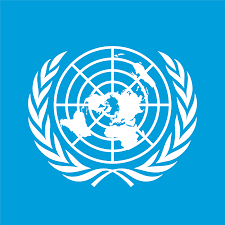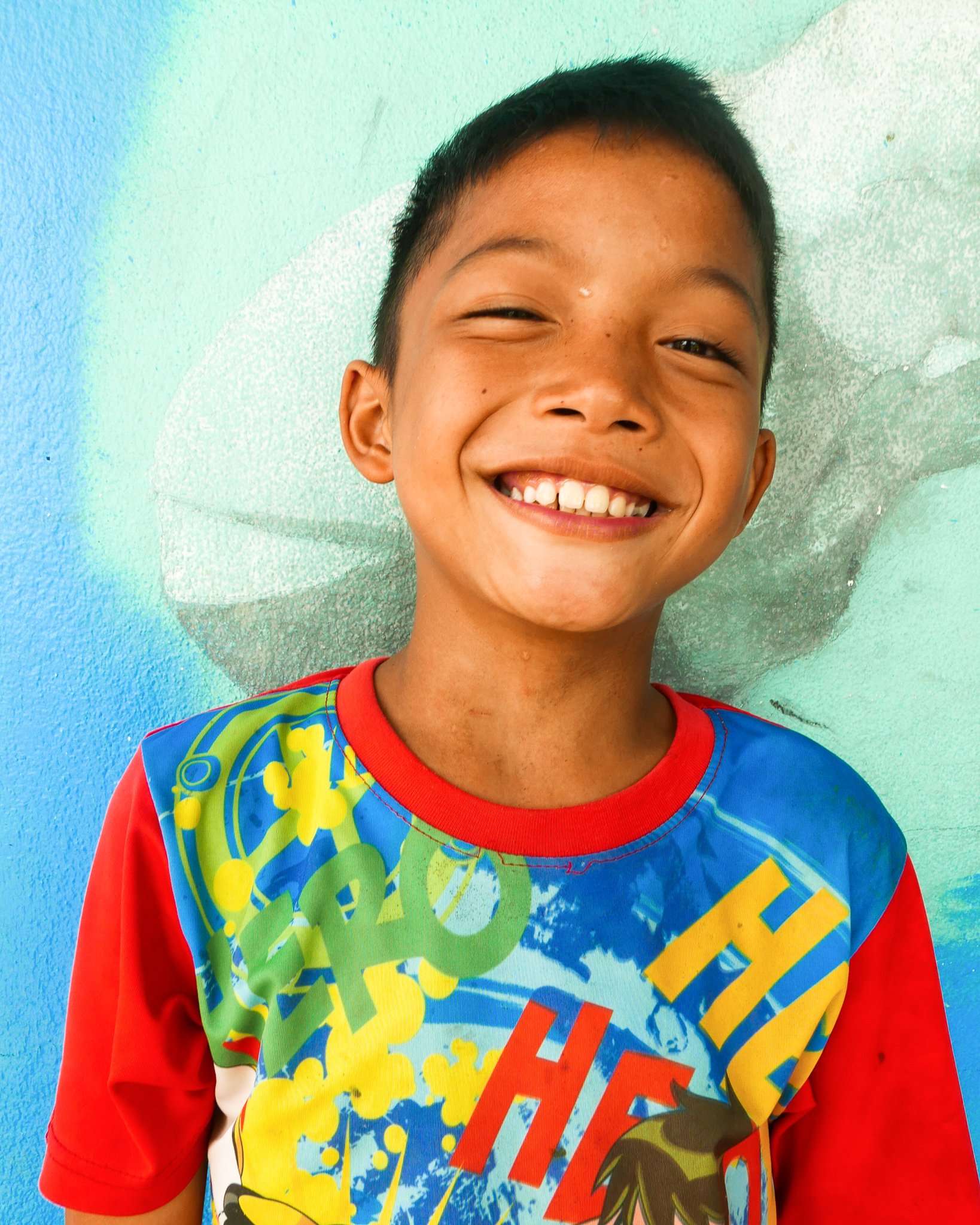
Introduction
In 2000, the United Nations took a significant step in the global fight against human trafficking with the adoption of the Protocol to Prevent, Suppress and Punish Trafficking in Persons, Especially Women and Children. This protocol, a part of the United Nations Convention against Transnational Organized Crime, marked a pivotal moment in the international community’s approach to combating modern-day slavery.
The Protocol’s Genesis and Scope
The late 1990s and early 2000s saw a growing recognition of human trafficking as a grave violation of human rights and a form of modern-day slavery. This period was characterized by a heightened global awareness of the issue, leading to the development of the United Nations Protocol. The protocol expanded the definition of human trafficking beyond traditional notions of forced labor and sexual exploitation to include practices like organ harvesting. It provided a comprehensive framework, outlining measures for the prevention of trafficking, protection of victims, and prosecution of traffickers.
Key Provisions
The protocol’s inclusive definition of human trafficking was a crucial advancement. It acknowledged various forms of exploitation, including sexual exploitation, forced labor, servitude, and organ harvesting. The protocol emphasized three primary elements: prevention of trafficking, protection of victims, and prosecution of traffickers. It called for the establishment of comprehensive national legislation, the creation of preventive measures such as awareness campaigns and educational programs, and the provision of support and protection for victims.
The Role of UN.GIFT
In 2007, the United Nations launched the Global Initiative to Fight Human Trafficking (UN.GIFT) as part of its broader strategy to address human trafficking. UN.GIFT aimed to facilitate a more coordinated approach by uniting the efforts of various UN agencies, international organizations, governments, the private sector, and civil society. This initiative emphasized the need for a holistic and global response to effectively tackle the multifaceted nature of human trafficking.
Impact and Ongoing Challenges
The adoption of the protocol and the launch of UN.GIFT represent significant strides in the global effort against human trafficking. The protocol provided a universal legal basis for tackling trafficking, leading to the enactment of new laws and policies worldwide. However, despite these efforts, human trafficking remains a persistent and complex global issue. Challenges such as insufficient enforcement of laws, inadequate victim support systems, and the evolving methods of traffickers continue to impede progress.
Conclusion
The United Nations Protocol to Prevent, Suppress and Punish Trafficking in Persons, Especially Women and Children, and the subsequent launch of UN.GIFT, signify critical milestones in the international fight against human trafficking. They reflect a growing consensus on the need for a comprehensive, coordinated, and global approach to this pressing issue. As the world continues to grapple with the realities of modern-day slavery, the principles and objectives set forth in the protocol and UN.GIFT remain as relevant and vital as ever in guiding global efforts towards a world free of human trafficking.

